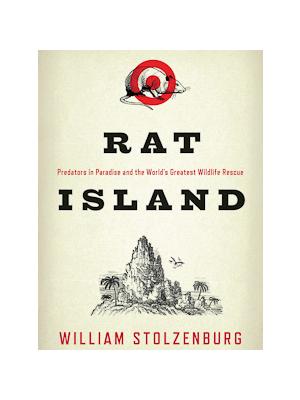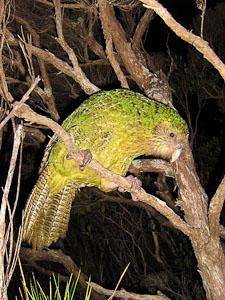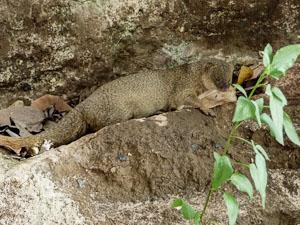

Rat Island: Predators in Paradise and the World's Greatest Wildlife Rescue chronicles conservationists' crusades against invasive species – rats in particular – in order to save bird species from extinction. Historically, islands ranging from the tropical Galapagos to the bone-chilling Aleutians harbored a vast array of birds, which flourished freely without the threat of predators. The result? An evolutionary bonanza that created some of the planet's most peculiar and interesting birds. Free from the selective pressures of predators, they failed to evolve defenses against crafty foes like rats, cats and stoats – making them, for lack of a better term, sitting ducks. Flocks of several thousands were reduced to paltry hundreds of individuals pitted against armies of invading rats.
The charismatic kakapo (Strigops habroptila) of New Zealand was one such vulnerable bird brought back from the brink by determined conservationists armed with rodenticide and an indomitable will. The cries of the kakapo – an endemic and esoteric green land parrot – which once filled the night air in New Zealand, were almost silenced by an onslaught of rodents introduced by humans to control the rabbit infestation – another introduced pest.

Of equal importance in the story of endangered species are the people determined to protect them. Stolzenburg paints compelling portraits of the colorful individuals who dedicate their lives to ridding the world's islands of invasive inhabitants. These crusaders come from all backgrounds and professions. They range from ex-hippies to academics to fur trappers, all brought together in the name of conservation.
The ethical questions surrounding wildlife conservation constitute some of the most fascinating parts of the book. When it came time to eradicate the rodents by, in effect, poisoning the landscapes, some people did not view the issue as black and white. The opposition to conservationists' efforts insisted that these vermin are creatures, too. What gives humans the right to value one species over another? Is it ethical to kill one animal so that another may live? Stolzenburg explores not only these controversial questions but also the unexpected moral issues surrounding conservation.

Back at the zoo, peering into the exhibit and watching the mouse dart nervously from rock to rock, I couldn't help but ponder the irony of the situation. Not even in a zoo, an entirely human controlled environment, are these birds free from the company of rodents. Prior to reading Stolzenburg's book, I would have been amidst the children squeaking with glee at seeing an "adorable little mouse." But no matter how I tried, I couldn't shake the gory images of rats attacking unsuspecting feathered prey. Rat Island certainly made a lasting impression and will give the reader a greater appreciation for the nuanced nature of conservation.
To find out more about Will Stolzenburg's experiences in conservation, read our interview here.
Photos are copyright protected and may not be reproduced without permission. Copyright information for photos is as follows: 1) Cover photo is courtesy of William Stolzenburg; 2) Kakapo, used under Flickr Creative Commons Attribution License 2.0 Generic and is courtesy of Laura Molles; 3) Indian Mongoose, used under Flickr Creative Commons Attribution License 2.0 Generic and is courtesy of Herb Neufeld.